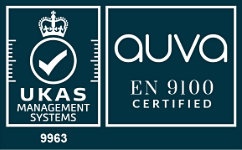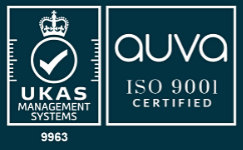Autosports Component Surface Finishing – Fintek Has the Winning Formula
In motor racing the time difference from being on the front or the back of the grid is just a few hundredths of a second and the competition between development engineers off track is just as fierce. Competitive advantage, measured in fractions of a second, often depends on the precision surface finish down to a few microns of vital components that make a modern race car.
One motorsport manufacturer, making parts for a top F1 team, found that a traditional vibratory process was taking too long at 12-16 hours to achieve the required finish to satisfy the exacting performance needs of their customer. After a lengthy search the company found Fintek and sent us some components to test finish.
Our team soon found the right combination of finishing machine, media, tooling and cycle times to achieve a surface smoothness better than 0.05Ra. Often 0.02Ra is achieved with a substantially reduced cycle time. This exceeded the finish produced by the old vibratory method and could be repeated more accurately, consistently and with less loss of base material.
The Fintek finished part also had a more attractive bright lustre, with added edge radiusing giving more strength to otherwise delicate edges. We therefore achieved three processes in one – fine grinding, edge honing and polishing – in a fraction of the time taken previously.
Such a high quality finish on the parts was a revelation to the manufacturer who is now able to meet and exceed the time and quality challenge of his F1 customer. Having been through such an extensive search they wished they had come to Fintek first.
Certified to demanding aerospace standard AS9100, we can advise you on super finishing for most engineered components in motor sport. We provide a complete sub-contract service from free trial processing to full scaled-up mass finishing. One-off components are also catered for and sometimes more than one surface finish can be achieved in a single process – for example fine grinding, edge radiusing and polishing.
Highlights
- Surface smoothness better than 0.05Ra (often 0.02Ra) achieved
- Vast timesaving over traditional vibratory
- Superior finish over vibratory finishing
- Repeatable process ensures quality
- Three types of surface finish in one process



